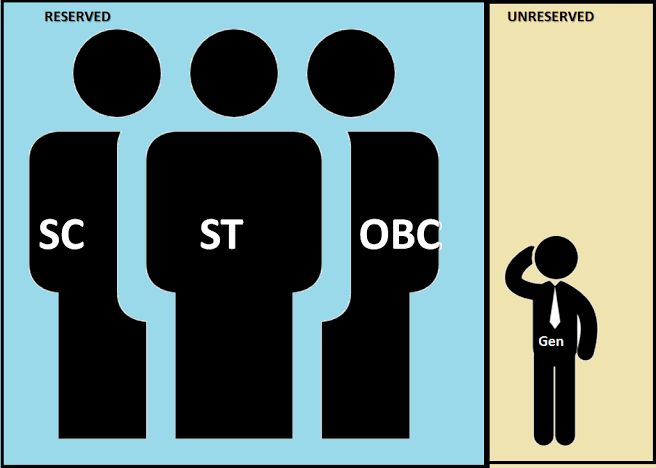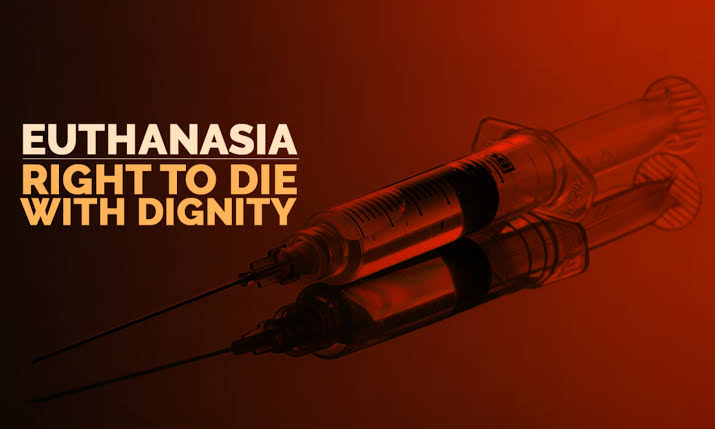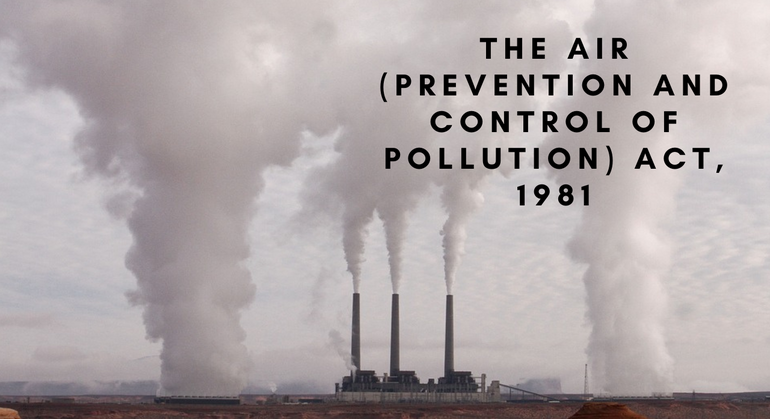Author: Sharon from 4th BBA.LL.B HONOURS, a student at Sathyabama institute of science and technology.
Caste inequalities have not totally vanished from India. Caste discrimination is quite possibly of the worst human rights abuse and maltreatments in this present reality. Caste discrimination includes massive infringement of civil, political, economic, social and cultural rights. A lack of implementation of legislation and caste-bias within the justice systems largely leave victims without protection.
Caste discrimination divides individuals into unequal and hierarchical social groups. some peoples at lower caste are known to be ‘untouchable’ and exposed to alleged ‘untouchability practices’ in both public and private circles. Lack of special legislation restricting caste discrimination or lack of implementation of legislation, due to dysfunctional systems of justice and caste-bias, have largely left Dalits without protection.
The constitutional framework on scheduled Caste and people:
Constitutional measures: In the directive principles of the state policy and the Major fundamental rights provision have been made to equity in the social order.
Article 15 forbids the separation on grounds of religion, race, rank, sex or spot of birth.
Article 16 guarantees equality of opportunity in issues of public employment.
Article 38 advances government assistance of individuals by getting a social request penetrated by equity social, financial and political-and to limit imbalances in pay, status, offices and open doors
Article 46 requires the State to advance the instructive and financial interests of the more fragile segments of the people, and, specifically, of the scheduled Caste and the scheduled tribes.
Caste discrimination taken the shape of religious discrimination
India is a secular country. In the 42nd amendment, secular word has been embedded in the Indian Constitution which means equivalent treatment to all religions by the State.
Day by day the ambit of caste discrimination is taking the shape of religious discrimination which means Individuals of one society have begun segregating and detesting individuals of one more society in view of religion. In the approaching not many years India has seen thorough rigorous hate towards the minority communities. There could be no legitimate meaning of a minority in the Indian Constitution. A minority of certain spots can likewise be Muslim or a minority of certain spots can likewise be Dalit. Over the most recent couple of years, the quantity of hate in Dalit society has expanded as much as contempt in Muslim society. Over the most recent couple of years, the quantity of hatred in the Muslim people group and the Dalit people group has comprised similarly.
Bench judgement related to inequality:
In the legal realm, there have been significant case laws addressing caste discrimination in various countries. One notable case is the “Indra Sawhney & Ors. V. Union of India” case in India, commonly known as the Mandal Commission case. This landmark case dealt with reservations based on caste in public employment and educational institutions. The Supreme Court of India upheld the government’s decision to provide reservations for historically marginalized castes to promote social equality and address caste discrimination. This case set a precedent for affirmative action policies to combat caste-based discrimination and promote inclusivity in society.
The reality of caste discrimination is deeply ingrained in many societies, particularly in South Asia, where the caste system has historically shaped social structures and interactions. Caste discrimination manifests in various forms, from social exclusion and unequal access to resources to violence and dehumanization of individuals based on their caste. This discrimination permeates all aspects of life, impacting education, employment, marriage, and social relationships. Despite legal measures and social movements aimed at combating caste discrimination, it continues to persist, affecting the dignity and rights of millions of people. The intergenerational nature of caste discrimination further exacerbates its impact, perpetuating cycles of marginalization and inequality. Addressing the reality of caste discrimination requires not only legal reforms but also a societal shift in attitudes and practices to foster inclusivity, equality, and respect for all individuals regardless of their caste background. Only through concerted efforts at both the institutional and societal levels can the deep-rooted reality of caste discrimination be effectively challenged and dismantled, paving the way for a more just and equitable society for all.
Remedies to the problem of casteism :
Some remedies to the problem of casteism are as follows
• Appropriate instruction ought to be given to every single individual from the society with respect to casteism.
• Safety measures ought to be taken for the base utilization of the term caste. The word caste ought to be utilized exclusively in restricted contexts. The youthful ages, presently a-days, ought to give least significance to caste system.
• Social and cultural imbalances between caste have been the primary driver for making socio-cultural inequality. In the event that the distinctions will be taken out and all standings are put in the equivalent socio-cultural then, at that point, no one will appreciate his own caste.
• All castes ought to be offered equivalent economic opportunities to achieve economic prosperity.
Conclusion :
India is a different nation and it is the world’s biggest majority rule country. Here, when we review then India is being referred to that after more than the seventy years of freedom, individuals are separating each other in light of their position. It isn’t quite as same as destitution that western nation will dispense an assets to destroy it. It is absolutely the insight and attitude of the commoners of the general public where they can complete it themselves.
Caste discrimination isn’t something that has arisen post provincially. Caste discrimination is a sort of toxin and it has turned into the one of the social practice and social culture which is expanding step by step in the general public.
FAQ :
- Is caste discrimination equal to racism ?
Caste discrimination is recognised by the united Nations as a contemporary form of racism .
- When did caste discrimination start in India ?
Caste system began with the arrival of the Aryans in India around 1500 BC.
- Is caste legal in India ?
Negative discrimination on the basic of caste was banned by law and further drafted in the Indian constitution




